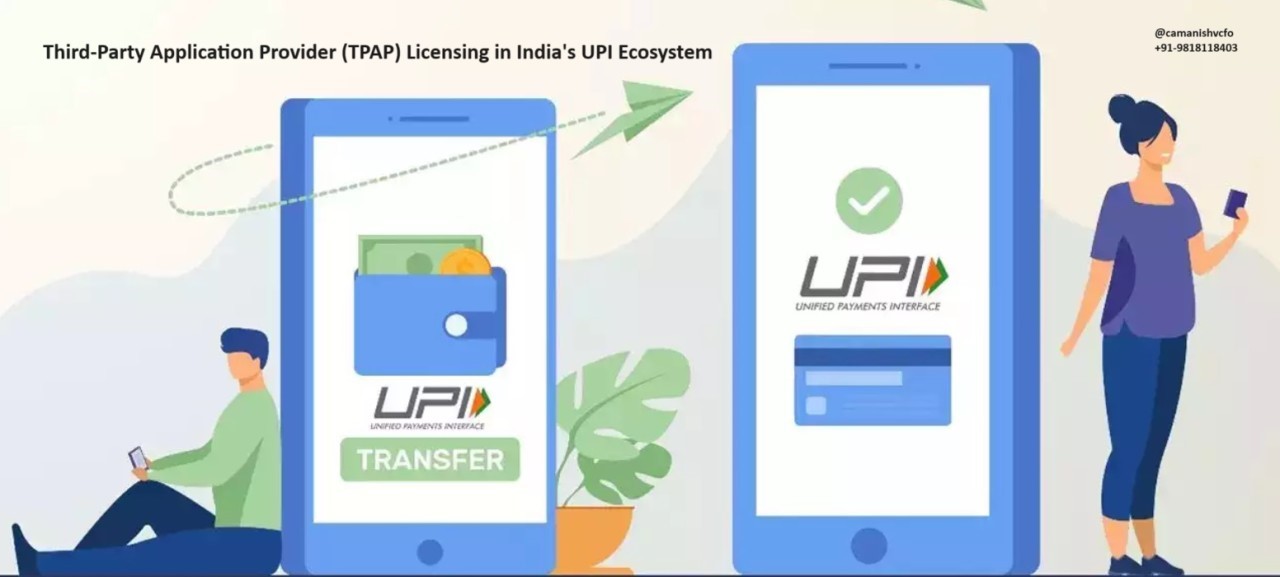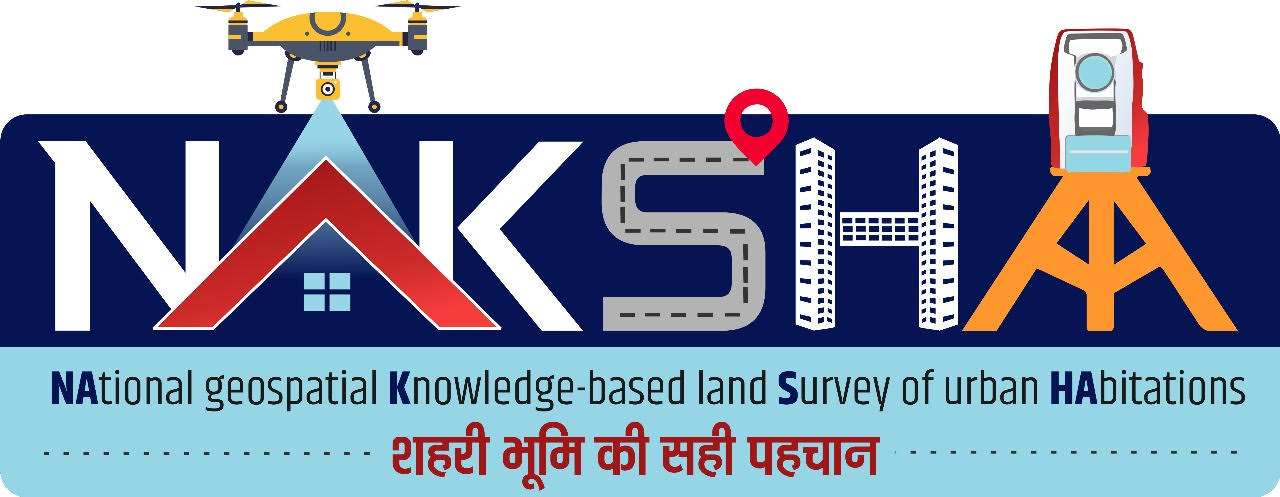Description

Disclaimer: Copyright infringement not intended.
Context
The Reserve Bank of India (RBI) has asked the National Payment Council of India (NPCI) to examine the request of One97 Communications’ (OCL), which owns Paytm, to become a Third-Party Application Provider (TPAP) for continued Unified Payments Interface operation of the Paytm application.
Details
- Paytm's Operations: With the RBI instructing Paytm Payments Bank Limited (PPBL) to cease operations by March 15, 2024, the current TPAP registration for UPI operations via the Paytm app is at risk.
- Need for TPAP Approval: TPAP approval from NPCI is essential for Paytm to continue offering UPI-based payment services to its users.
About TPAP
- Definition: A Third-Party Application Provider (TPAP) is an entity that offers UPI-compliant applications to end-user customers, enabling them to conduct UPI-based payment transactions.
- Role: TPAPs leverage the UPI infrastructure provided by NPCI to facilitate transactions, working with payment service providers (PSPs) and banks.
- Responsibilities: TPAPs are responsible for ensuring that their applications adhere to security standards and compliance guidelines set by NPCI.
Types of Third-Party Applications:
- Productivity Tools: Applications designed to enhance productivity, collaboration, and workflow management, including project management software, document editors, and communication tools.
- Utilities and Enhancements: Tools that add new features, customization options, or performance enhancements to existing software products or platforms.
- Integration Solutions: Applications that facilitate seamless integration between different software systems, allowing data exchange and interoperability.
- Specialized Solutions: Niche or industry-specific applications tailored to address specific needs or requirements in areas such as finance, healthcare, education, and entertainment.

Features:
- Customization: Third-party applications often offer customization options, allowing users to tailor the software to their specific preferences, workflows, or business requirements.
- Enhanced Capabilities: TPAPs extend the functionality of existing platforms by offering additional features, tools, or services not provided by the native software.
- Integration: Many third-party applications integrate seamlessly with other software systems, allowing users to access and share data across multiple platforms and applications.
- Scalability: TPAPs often provide scalable solutions that can accommodate varying levels of usage, user bases, or data volumes, making them suitable for organizations of all sizes.
Distribution and Deployment:
- App Marketplaces: Third-party applications are often distributed through app marketplaces or online stores operated by platform owners, such as the Apple App Store, Google Play Store, or Microsoft Store.
- Direct Distribution: Some TPAPs distribute their applications directly through their websites or other online channels, bypassing app marketplaces.
- Deployment Models: Third-party applications may be deployed using different models, including cloud-based Software as a Service (SaaS), on-premises installations, or hybrid deployment models.
Benefits:
- Diverse Solutions: TPAPs offer a wide range of applications catering to diverse user needs, preferences, and industry requirements.
- Innovation and Specialization: Third-party developers often specialize in specific domains or functionalities, leading to innovative solutions and cutting-edge features.
- Flexibility and Choice: Users have the flexibility to choose from a variety of third-party applications, allowing them to select the best-suited solutions for their requirements.
- Ecosystem Expansion: Third-party applications contribute to the growth and expansion of software ecosystems, enriching platforms with new functionalities and services.
Challenges:
- Compatibility Issues: Third-party applications may not always be compatible with existing software systems, leading to integration challenges or technical issues.
- Security Risks: TPAPs may introduce security vulnerabilities or privacy concerns, particularly if they access sensitive data or interact with other applications.
- Reliability and Support: The reliability and support provided by TPAPs can vary, leading to potential issues with software stability, performance, or customer service.
- Regulatory Compliance: Organizations must ensure that third-party applications comply with relevant regulations, industry standards, and data protection requirements.
Examples of Third-Party Application Providers:
- Salesforce AppExchange: A marketplace for third-party applications that integrate with the Salesforce platform, offering solutions for sales, marketing, customer service, and more.
- Shopify App Store: An ecosystem of third-party applications and plugins for the Shopify e-commerce platform, providing tools for store customization, marketing, shipping, and inventory management.
- Microsoft Azure Marketplace: A curated collection of third-party applications and services that integrate with the Microsoft Azure cloud platform, offering solutions for AI, analytics, cybersecurity, and IoT.
- WordPress Plugin Directory: A repository of third-party plugins for the WordPress content management system, providing additional features and functionalities for website creation and management.
.jpg)
Conclusion
RBI's directive to NPCI to consider Paytm's request for TPAP status has significant implications for Paytm, its users, and the broader UPI ecosystem. If approved, this move could ensure the continuity of UPI-based payment services for Paytm users, supported by enhanced security measures and regulatory compliance. However, the successful execution of the migration process and adherence to regulatory guidelines will be crucial for a seamless transition and continued service delivery.
|
PRACTICE QUESTION
Q. Third-Party Application Providers play a vital role in expanding the functionality, versatility, and ecosystem of software platforms by offering diverse solutions tailored to specific user needs and industry requirements. Critically Analyse. (150 words)
|








